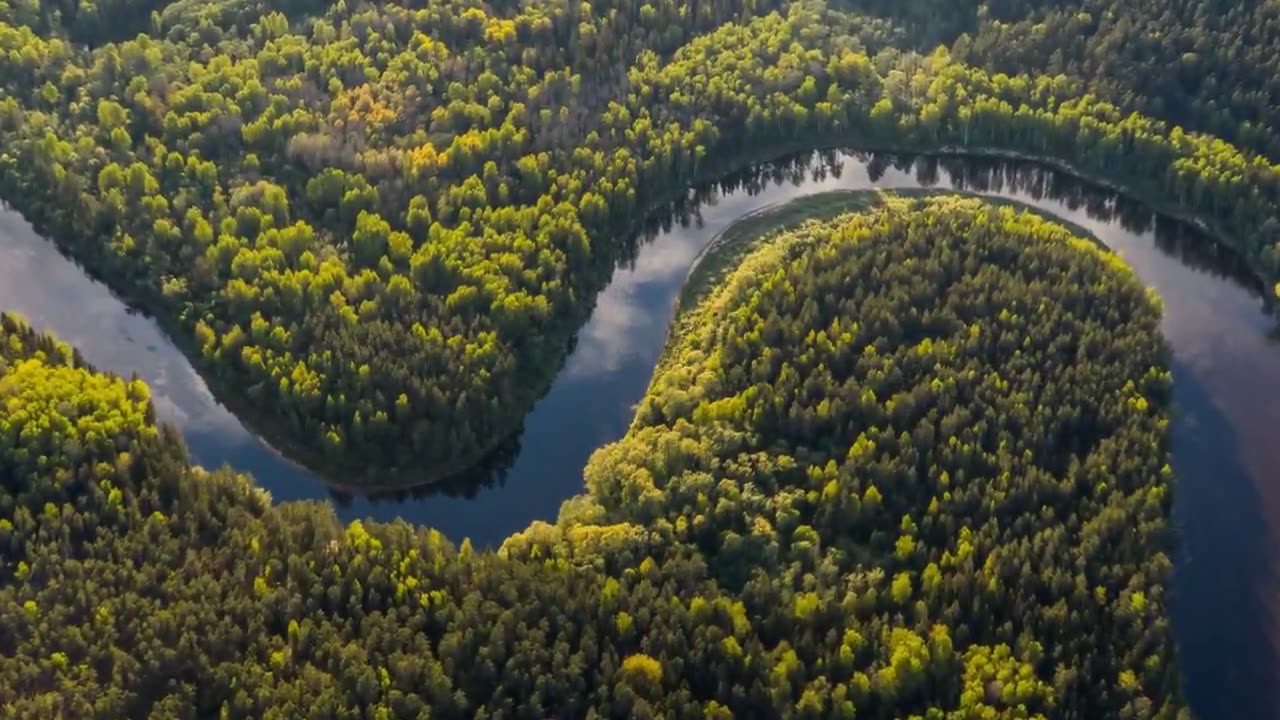Premium Only Content

Facts About the Amazon Forest
The Amazon Rainforest, often referred to as the "Lungs of the Earth," is the world's largest tropical rainforest. It spans nine countries in South America, primarily Brazil, but also includes parts of Peru, Colombia, Venezuela, Ecuador, Bolivia, Guyana, Suriname, and French Guiana. Covering an area of approximately 5.5 million square kilometers (2.1 million square miles), the Amazon is a biodiverse hotspot, home to an incredibly rich array of plant and animal species, many of which are found nowhere else on Earth.
The forest is characterized by dense vegetation, towering trees, and a complex network of rivers and tributaries, including the mighty Amazon River, the largest by discharge volume in the world. The region's climate is typically humid and tropical, with heavy rainfall contributing to its lush, vibrant ecosystem.
The Amazon plays a critical role in global climate regulation, as its dense vegetation absorbs vast amounts of carbon dioxide and produces a significant portion of the world's oxygen. Unfortunately, the forest is under threat due to deforestation, primarily driven by activities like logging, agriculture, and mining, as well as climate change.
Efforts are being made globally to conserve and protect the Amazon Rainforest, recognizing its immense ecological importance for the health of the planet and its unique biodiversity.
-
 49:41
49:41
BonginoReport
11 hours agoKristi Noem Honors Angel Mom After Son's Brutal Murder - Nightly Scroll w/Hayley Caronia (Ep.23)
147K71 -
 45:22
45:22
Stephen Gardner
9 hours ago🔥WTF! Dan Bongino’s CRYPTIC ARREST message!
111K101 -
 1:30:16
1:30:16
2 MIKES LIVE
10 hours ago2 MIKES LIVE #203 Lone Survivor with Donna Axelson and Adam Flynn!
66.4K -
 1:18:49
1:18:49
Kim Iversen
12 hours agoEXPOSED: Inside Tim Pool’s Secret Meeting with Netanyahu | Trump’s Tariff Gamble: Boost for America or Death Blow?
192K403 -
 5:28:29
5:28:29
Biscotti-B23
12 hours ago $4.22 earned🔴 LIVE GETSUGA GAUNTLET 🔥 TRAINING FOR RANKED ⚔ BLEACH REBIRTH OF SOULS
65.7K1 -
 1:19:00
1:19:00
Sarah Westall
8 hours agoMassive Spiral Structures Found Under Giza Pyramids, Advanced Ancient Societies w/ Jay Anderson
130K25 -
 54:32
54:32
LFA TV
16 hours agoStrongman Stare Down | TRUMPET DAILY 4.9.25 7PM
99.2K16 -
 1:35:31
1:35:31
Redacted News
12 hours agoBioweapons over America? U.S. Geo-engineering caught raining mysterious objects over U.S. | Redacted
223K327 -
 1:19:20
1:19:20
vivafrei
14 hours agoCanadian Government & Courts Denying Military Jab Injury Compensation? Trump Pronouns "No Thanks"?
143K40 -
 54:20
54:20
Candace Show Podcast
12 hours agoHarvey Weinstein Calls Out Justin Baldoni | #MAHA Gaslighting Begins | Candace Ep 174
143K133